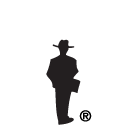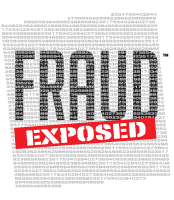Emotional expressions (body language) are the closest thing there is to a universal human language. The expressions for basic emotions such as anger, fear and surprise are easily identifiable in almost any culture, religion or nationality, as well as across all ages and demographics. Being able to accurately detect, read, and interpret the expressions of colleagues, clients, friends and family offers a distinct advantage in one’s career, personal relationships, and social interactions.
Unfortunately, by the time we reach adulthood, many of us have become experts at controlling our facial expressions to conceal what we are truly feeling. A moderate, pleasant expression is more or less a necessary social convention, so we master looking interested during a boring meeting, smiling even though we are unhappy, and mask disdain with a look of bland indifference. However, it is not possible for most individuals to completely hide their emotions.
Micro-momentary facial expressions (or micro expressions) were first named by researchers Haggard and Issacs in a 1966 study to describe involuntary facial expressions that occur as fast as 1/25 of a second. They are instances of “emotional leakage” that are almost impossible to conceal and very difficult to counterfeit. While the easiest way to detect micro expressions is to review slowed down video footage, people can be trained to recognize them in real time. Trainees at the FBI National Academy in Quantico work to increase their recognition of micro expressions to 70% or higher, and there are online training resources available to civilians wishing to hone this skill.
Decoding Micro expressions
Here are examples of signs to look for in micro expressions of the 7 basic human emotions discovered by psychologist, Paul Ekman.
- Surprise – Brows raised and curved, whites of eyes showing top and bottom, jaw open and teeth parted but with no tension in the mouth
- Fear – Brows drawn together in a flat line, mouth slightly open, lips tensed, whites of eyes showing but not lower white, upper eyelid raised, lower eyelid drawn up
- Disgust – Lower lip raised, nose wrinkled, cheeks raised
- Anger – Brows lowered and drawn together with vertical lines in between, nostrils flare, lower jaw juts out, lips firmly pressed together, lower lid tensed
- Happiness – Corner of lips drawn back and up, mouth may be parted, teeth exposed, cheeks raised, crows feet near outside of eyes, a wrinkle runs from outer nose to outer lip
- Sadness – Inner corners of brow drawn in and up, corners of lips drawn down, lower lip pouts out, jaw comes up
- Contempt – One side of the mouth raises, brief eye rolling or dismissive look askance
While no one micro expression signifies deception, when they are at odds with what an individual is saying, it is an indicator that stress, psychological discomfort, anxiety, and/or tension are present.

